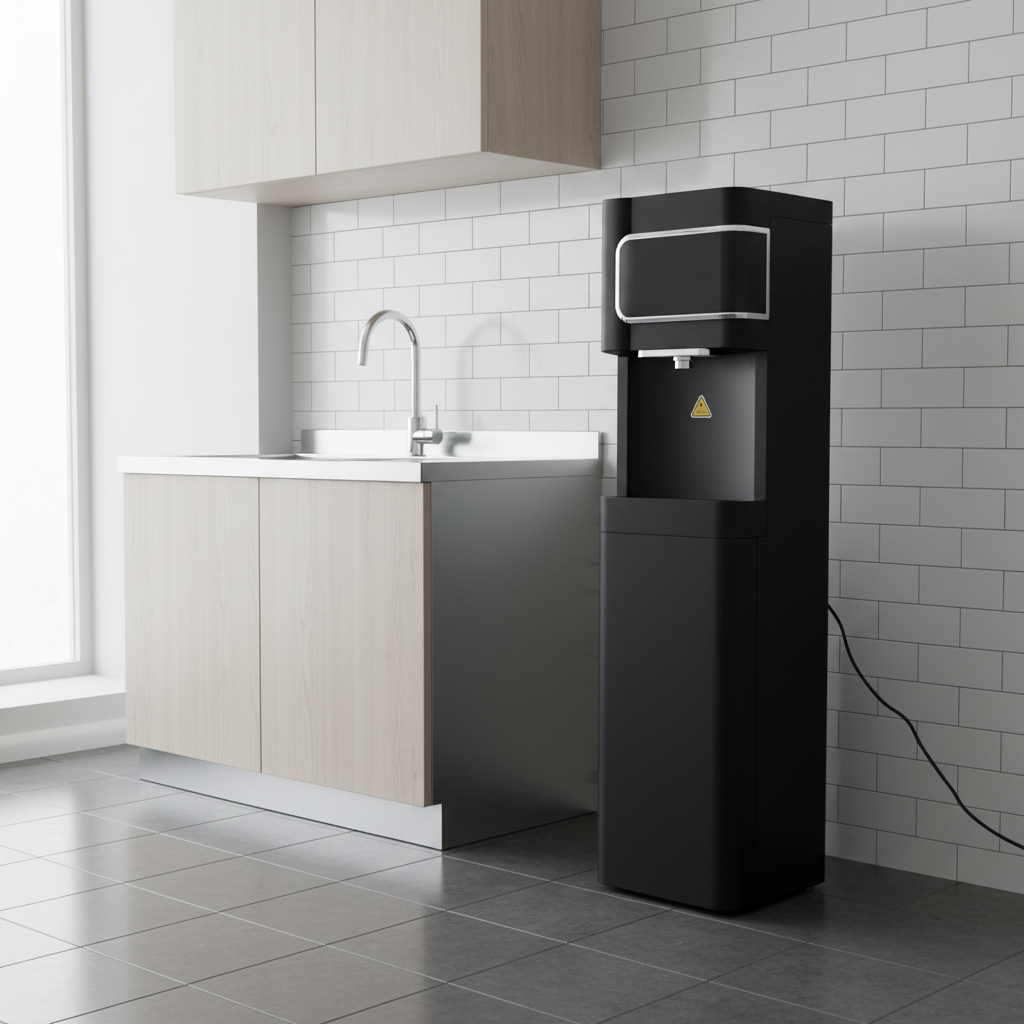Clean water is fundamental to our health and well-being. With growing concerns about water quality, a home water purifier has shifted from a luxury to an essential appliance for many households. This guide will help you understand how water purifiers work, the different types available, and how to choose the right one for your home. Why Consider a Water Purifier? The quality of your tap water can vary. While municipal water is treated, it can pick up contaminants from old pipes or contain residual disinfectants like chlorine, which affect taste and odor -1. A water purifier provides a final barrier, ensuring the water you drink and cook with is as clean and great-tasting as possible. How Do Water Purifiers Work? Understanding the Technology Most home water purifiers use a multi-stage filtration process to remove different types of impurities -1-3. Here’s a breakdown of a typical system: Sediment Filter (PP Cotton): This first stage acts as a sieve, removing large particles like rust, sand, and silt -3. Activated Carbon Filter: This stage is crucial for improving taste and odor. It uses porous carbon to adsorb (trap) contaminants like chlorine, pesticides, and other organic compounds -3. Reverse Osmosis (RO) Membrane: This is the heart of many advanced purifiers. The RO membrane has extremely tiny pores (around 0.0001 microns) that block dissolved salts, heavy metals (like lead and mercury), viruses, and bacteria, producing highly purified water -3. Post-Carbon Filter: A final “polishing” filter can further improve the taste and odor of the water stored in the tank -3. It’s important to note that some modern systems also use alternative technologies like Ultrafiltration (UF) membranes, which are effective against bacteria but may not remove dissolved salts, or ceramic filters, which are cleanable and long-lasting -3. Types of Water Purifiers for Your Home Choosing the right type depends on your water quality, space, and needs. Under-Sink Reverse Osmosis (RO) Systems: These are considered the gold standard for comprehensive purification, especially if your water has a high level of dissolved solids or specific contaminants. They are installed under your sink and have a separate faucet. Under-Sink vs. Countertop: Under-sink models save counter space and are more permanent, while countertop units are portable and require no installation, making them ideal for renters -1. Faucet-Mounted & Pitcher Filters: These are the most affordable and easiest-to-use options. They are good for improving taste and odor by reducing chlorine but offer limited protection against more serious contaminants -1. Key Factors When Choosing a Water Purifier Don’t just guess—make an informed decision with this checklist: Test Your Water: Knowing what’s in your water is the first step. You can use a home test kit or check your local water quality report. Understand Your Needs: Consider your household’s daily water consumption. A larger family will need a system with a higher capacity. Check Maintenance & Costs: All filters need regular replacement to work effectively. Factor in the annual cost and availability of replacement filters -3. For example, PP and carbon filters may need changing every 3-6 months, while an RO membrane can last 2-3 years -3. Look for Certifications: Always choose purifiers whose filters are certified by reputable organizations (like NSF International) to ensure they remove the contaminants they claim to. The Importance of Timely Filter Replacement A clogged or saturated filter isn’t just ineffective—it can become a breeding ground for bacteria and potentially re-release contaminants into your water -3. Think of it as your purifier’s “organ transplant”—a simple switch that brings it back to peak performance -6. Most modern systems have indicator lights to remind you, but it’s good practice to note the replacement date yourself. Frequently Asked Questions (FAQ) Q: Do water purifiers slow down water flow? A: Yes, this is normal, especially for countertop RO systems or pitchers, as water needs time to pass through the fine filters. This “slowness” is a sign that thorough filtration is happening -10. Q: What’s the difference between a water filter and a water purifier? A: Generally, the term “purifier” implies a higher level of filtration, often using technologies like RO or UV to remove a wider range of contaminants, including microscopic viruses and bacteria, whereas a basic “filter” primarily improves taste and smell. Q: Can a water purifier remove all contaminants? A: No single technology removes everything. RO systems are the most comprehensive, but it’s crucial to select a system designed to target the specific contaminants present in your water. Final Thoughts Investing in a water purifier is an investment in your long-term health and well-being. By providing cleaner, better-tasting water directly from your tap, you can gain peace of mind, reduce plastic bottle waste, and enjoy the convenience of unlimited purified water at home. Ready to take the next step? Start by researching your local water quality report to make the best choice for your home.
Post time: Nov-14-2025


